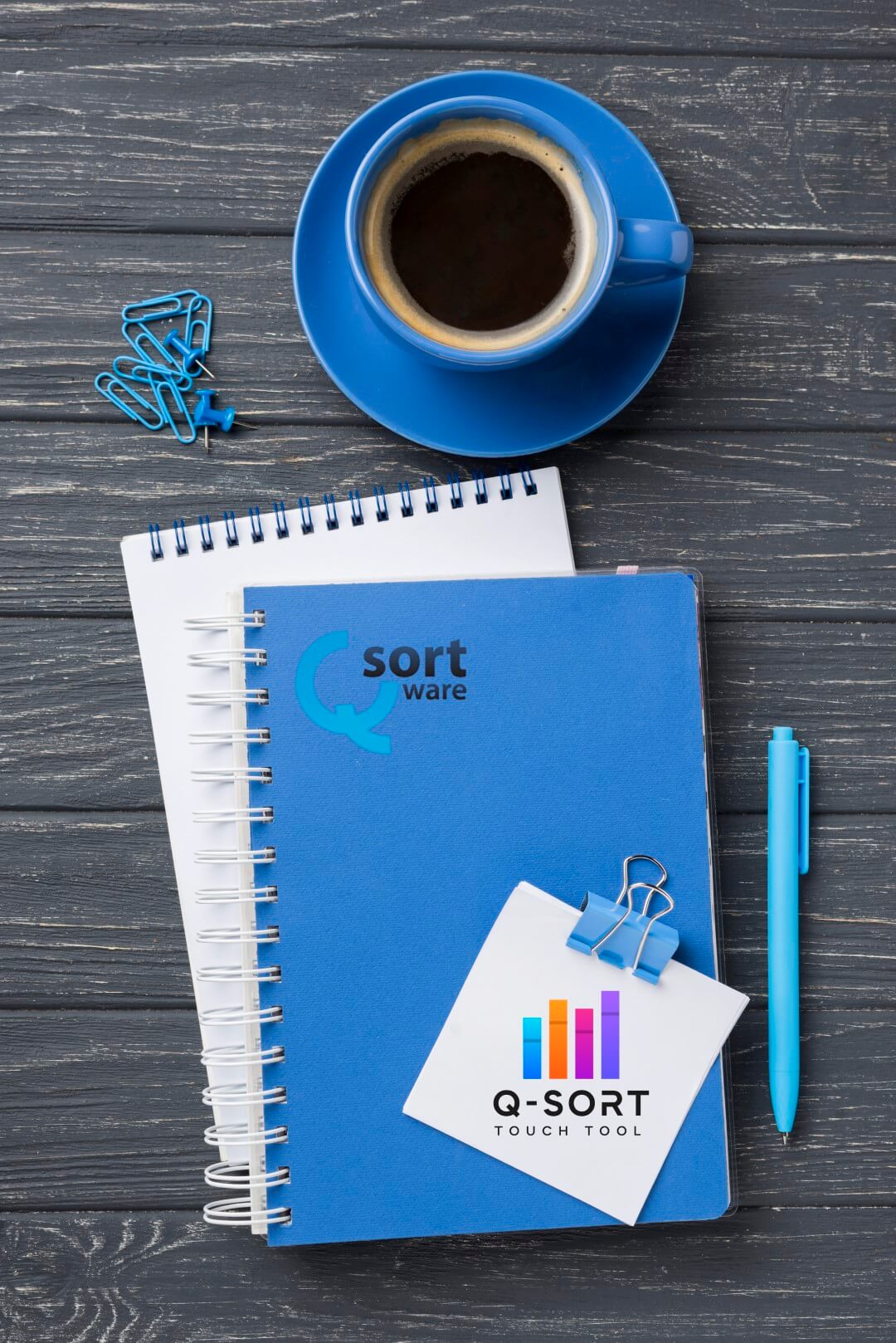
A little bit about me
Hello everyone and welcome to the Q-sortware website. I am Alessio Pruneddu, the person behind this website and the services offered with the Q-sortware. Although my background is rooted in the domain of work and social psychology, I developed my interested in Q-methodology during a Ph.D. course at the University of York, with a thesis about personality, change and attitude towards change. In the attempt to administer a series of questionnaires using different response formats, I conceptualised a software aiming at a smooth completion for participants and with a set of handful options for the researcher who is designing the project. In this sense, my interest in Q-methodology and Q-sort techniques is part of broader appreciation in alternative strategies to capture individual perspectives and world views.
Since the initial version of the Q-software was launched in 2010, many changes, amendments, and improvements were made until 2011, where I presented the Q-sortware in its current version at the Q-conference held in Birmingham, (Pruneddu & Zentner, 2011). At the moment, the software is used worldwide, and I am proud to write that many students and professional from different countries and disciplines considered the Q-sortware a valuable option for their research. The software is free for anyone and if you go to the 'Join' form link in the home page of this website, you can request an account right now. The intellectual property of the Q-sortware belongs to the University of York.

